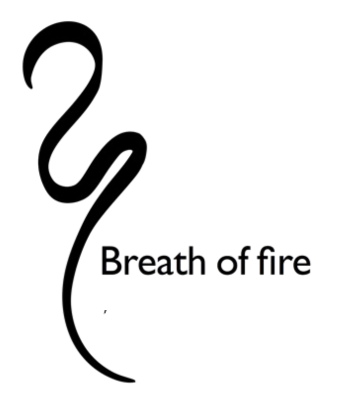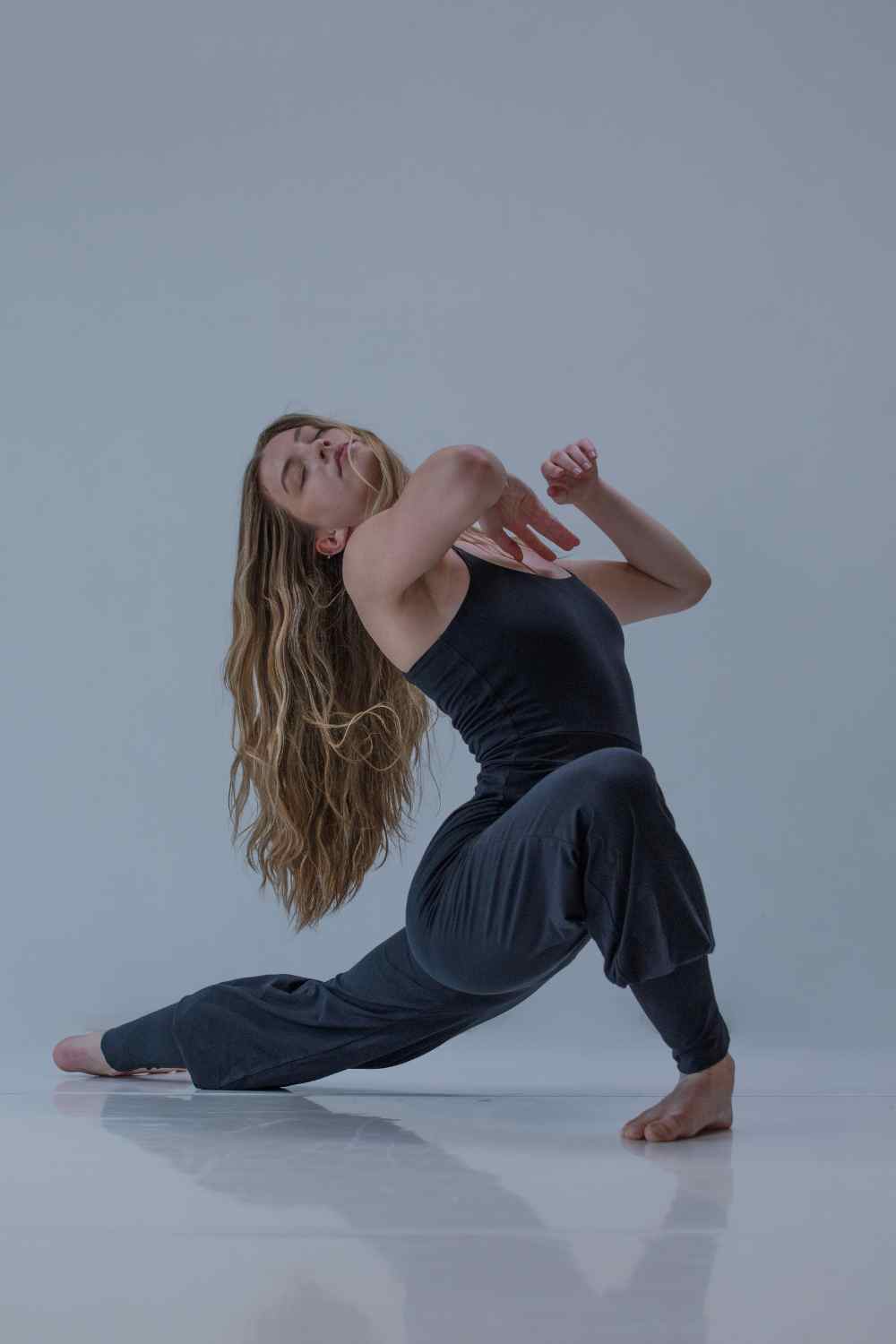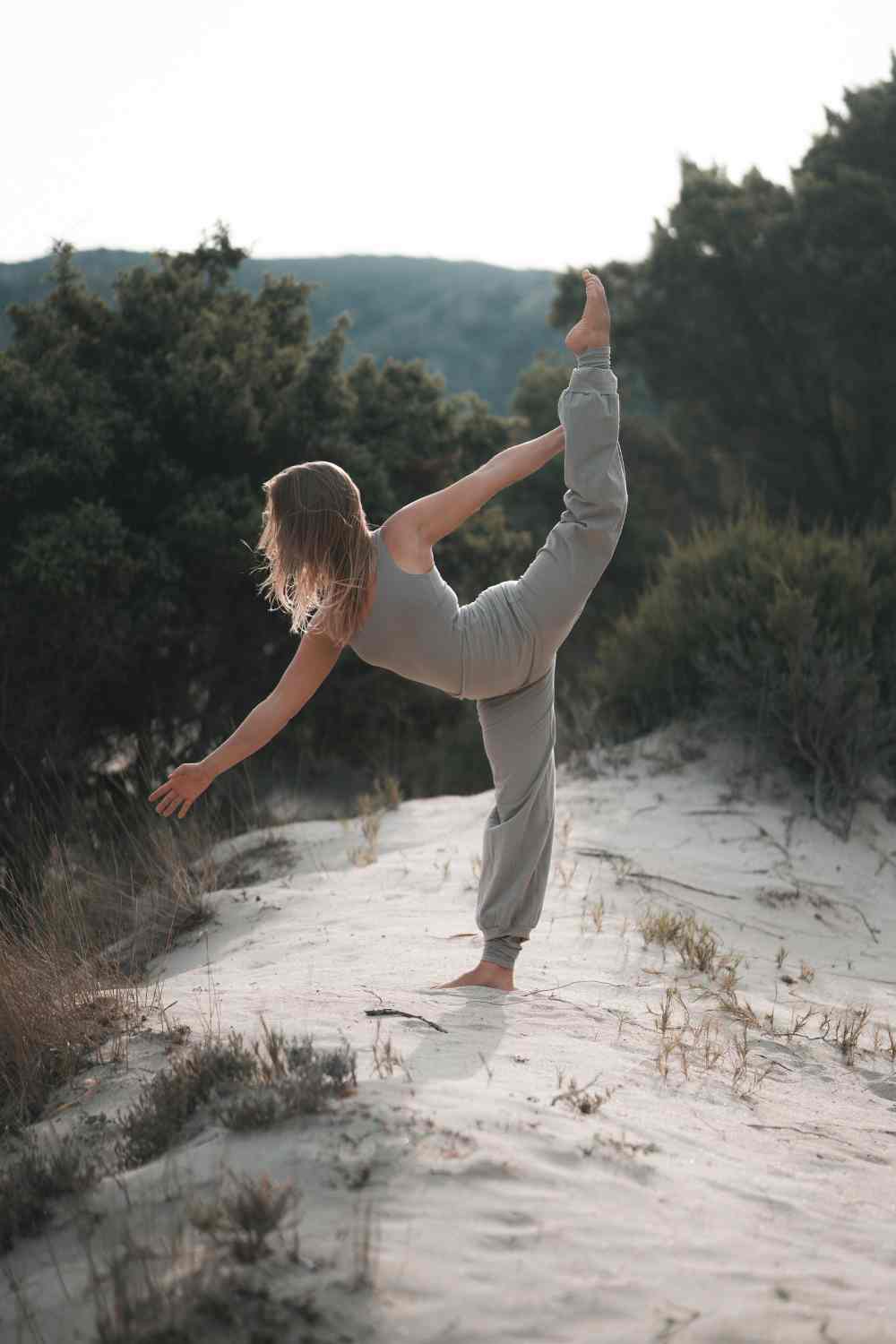Lately, I have decided to go back to the basics of yoga. My habits had been made a place in my practice: I sing mantras in such a way, I breathe according to my pattern etc. so I decided to become a beginner again to rediscover yoga!
Today I would like to share with you some simple principles that contribute to my daily well-being – in a word – PRANAYAMA.
“Prana” which is the total sum of the Universe’s energies and “Ayama” which means length, expansion, retention, control. The practice of Pranayama allows you to control your breath but especially your vital energy. There are many breathing exercises with incalculable well done that are worth practicing but here is what I rediscovered:
1. I start all my pranayamas by exhaling completely.
2. By opening consciously the nostrils, I automatically inhale more, in a more regular way.
3. When I inhale I concentrate on ambiant smells, in order to stimulate the olfactory zone at the top of my nose. This intensifies the air flow and thus also intensifies the absorption of Prana. “Smell opens a door to the deepest layers of the mind.”
4. When I exhale, I try to make my breath «disappear». I exhale very slowly and almost imperceptibly. I sometimes use the “OM” sound that extends the exhalation time of my breath.
5. On inhale, I fill my stomach, then the ribs and then the lungs until my clavicles rise, then I focus on the spine and bring my energy and consciousness rising up along it.These elements can be applied transversely to many pranayamas.
If you're not familiar with pranayamas here are some general informations and the most practice pranayamas: Pranayama is a key component of the practice of yoga, and refers to the control and regulation of the breath. In the tradition of yoga, the breath is seen as a bridge between the body and the mind, and the practice of pranayama is believed to have a number of physical, mental, and spiritual benefits.
There are many different pranayamas that can be practiced within the tradition of yoga, each with its own unique qualities and benefits. Some common pranayamas include:
-
Ujjayi Breath - Also known as "victorious breath," Ujjayi Breath is a slow, controlled breath that is characterized by a slight constriction at the back of the throat. This pranayama is often used to help calm the mind and increase focus and concentration.
-
Kapalabhati - Kapalabhati, also known as "skull shining breath," is a rapid, rhythmic breath that is said to stimulate the fire element within the body and awaken the Kundalini energy. This pranayama is often used to increase energy and vitality, and is believed to have a number of physical and spiritual benefits.
-
Nadi Shodhana - Nadi Shodhana, also known as "alternate nostril breathing," is a pranayama that involves alternating the breath between the right and left nostrils. This pranayama is believed to help balance the right and left hemispheres of the brain, and is often used to reduce
stress and anxiety.
-
Bhastrika - Bhastrika, also known as "bellows breath," is a rapid, forceful breath that is said to stimulate the fire element within the body and clear the energy channels. This pranayama is often used to increase energy and vitality, and is believed to have a number of physical and spiritual benefits.
-
Sitali - Sitali, also known as "cooling breath," is a pranayama that involves inhaling through the rolled tongue, which is believed to have a cooling effect on the body. This pranayama is often used to reduce stress and anger, and is believed to have a number of physical and mental benefits.
In addition to these pranayamas, there are many other techniques that can be practiced within the tradition of yoga, each with its own unique qualities and benefits. It is important to approach the practice of pranayama with respect and caution, and to always consult with a qualified teacher or healthcare provider before starting any new practice. With regular practice, pranayama can help to improve respiratory function, increase energy and vitality, and bring about a state of inner peace and spiritual connection.
-






